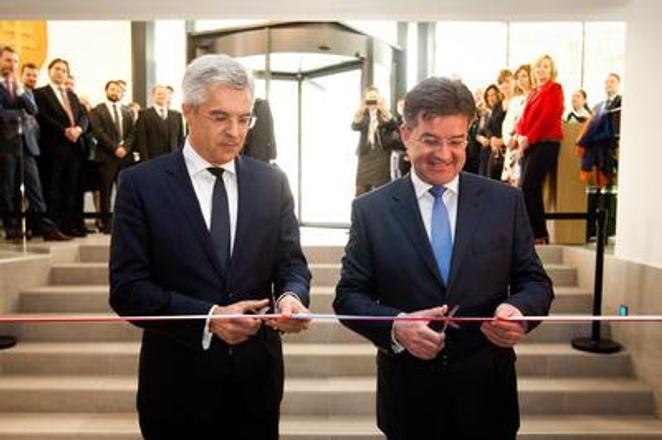Ministry State Secretary and Government Proxy for Slovak Council of the EU Presidency Ivan Korčok on July 13 presented the programme priorities of the Slovak presidency at the European Economic and Social Committee (EESC) in Brussels, the Slovak Foreign Ministry informed the TASR newswire.
The priorities concentrate on four areas: an economically strong Europe, the single internal market, sustainable migration and asylum policies and a globally committed European Union. “Focusing on areas in which there is an agreement between member states and in which there is a possibility to make progress, is our motto,” Korčok said for TASR. “Today, we’re all facing challenges as to how to communicate the benefits of the EU more understandably and how to restore citizens’ trust in the EU.”
Korčok added he was convinced that cooperation with the European Economic and Social Committee – a bridge between the EU institutions and civil society – will help fulfil this aim.
The EESC is a consultative body of the EU and as an advisory body adopts, on average, 170 advisory documents and opinions on current EU issues annually. The EESC members feature representatives of employers, employees (trade unions) and representatives of various other interests. The committee dates back to 1959 and has 353 members.



 Ivan Korčok, Ambassador at the Permanent Representation of the Slovak Republic to the EU in Brussels (L) and Miroslav Lajčák, Foreign Affairs Minister. (source: SITA)
Ivan Korčok, Ambassador at the Permanent Representation of the Slovak Republic to the EU in Brussels (L) and Miroslav Lajčák, Foreign Affairs Minister. (source: SITA)